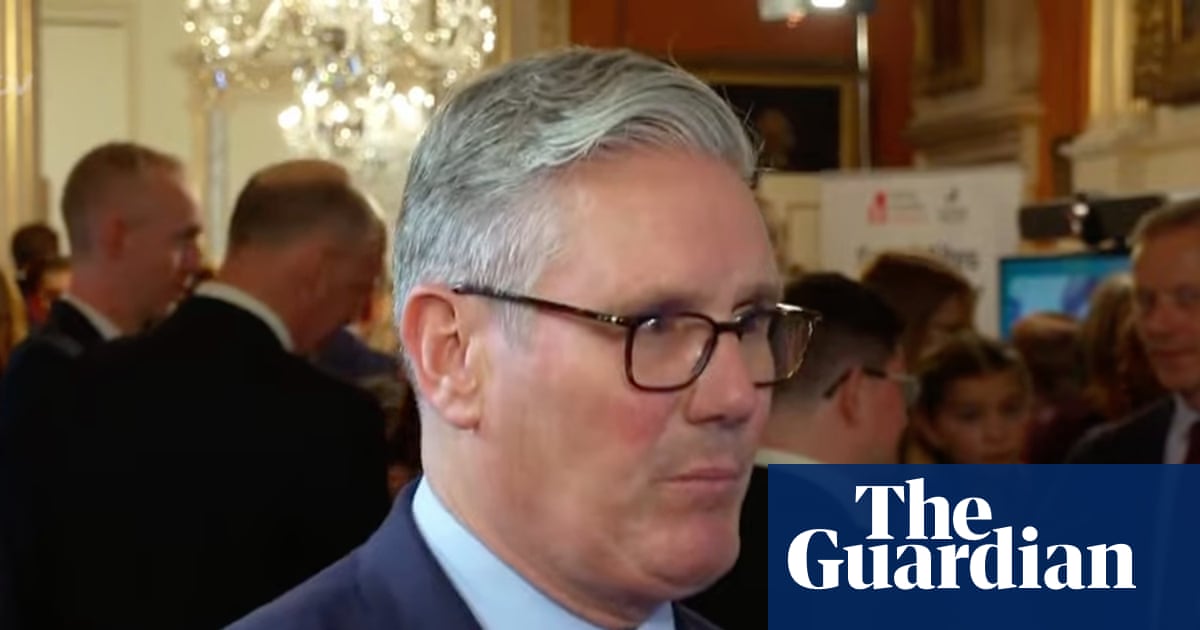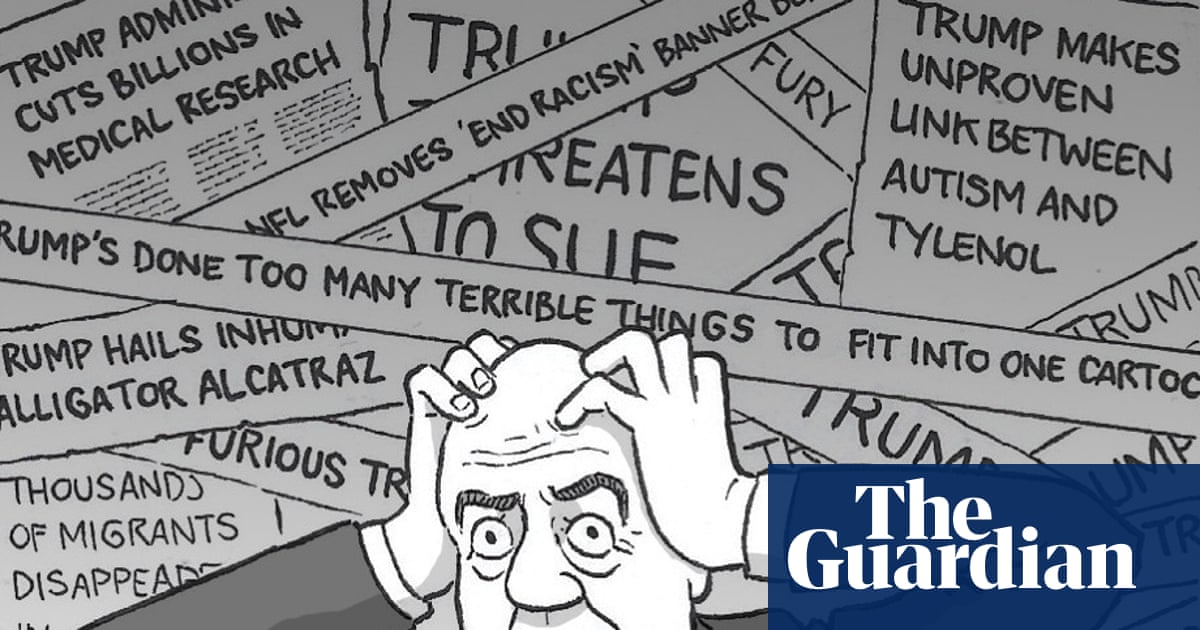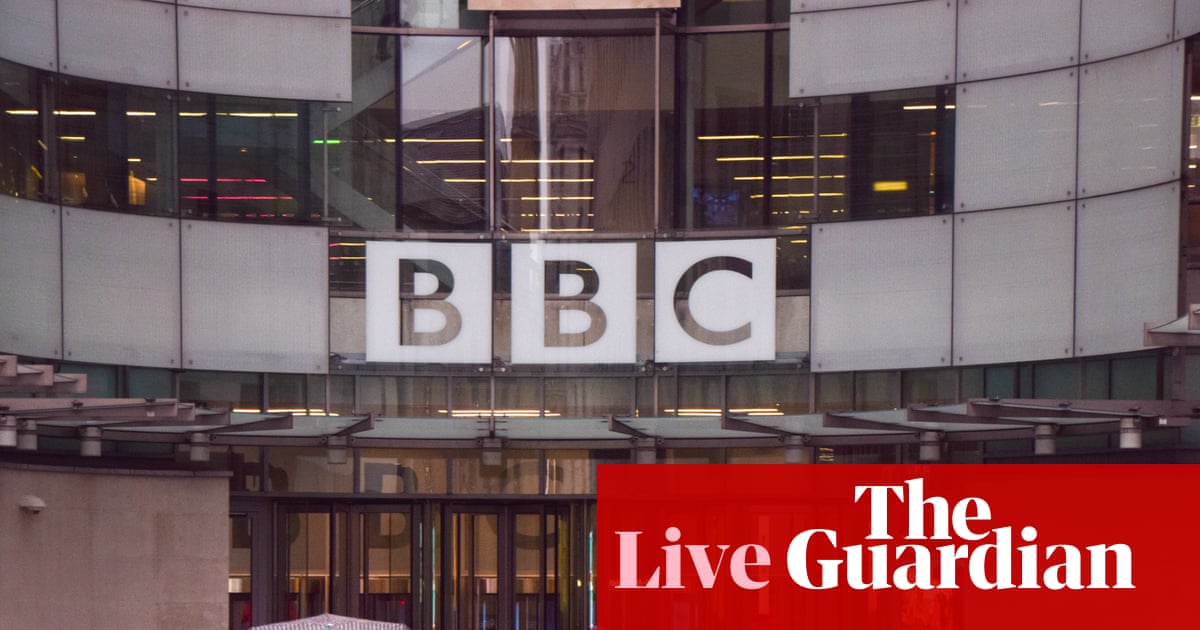There are significant implications from the latest unemployment figures showing a rise from 4.8% in August to 5.0% in September, not least for the 1.8 million people it directly affects.
Rachel Reeves will be mulling over how to avoid depressing the economy and putting even more people out of work while raising tens of billions of pounds in extra tax in her upcoming budget.
So far this year, the chancellor has found a way to talk about the need for growth without being much concerned for the swelling number of unemployed people.
Businesses have complained about the rising costs of employment but the jobless rate has climbed steadily and mostly under the radar.
This situation is unlikely to continue if the budget on 26 November weakens the incentives to employ people even more than April’s rise in national insurance contributions, announced in last year’s budget. A further chunky rise in the minimum wage next April, which is expected to be announced in the budget, is another factor that could translate into fewer jobs if the chancellor isn’t careful.
Another indication of the weakening picture was a fall in average wage increases to 4.8% (including bonuses) in September, from 5% in August, coupled with a flash estimate for October indicating that wage growth could slow to as little as 3.1%.
The Bank of England has watched the labour market throughout this year, and while it has acknowledged rising unemployment, the message has been clear that more jobs need to be lost before the central bank makes another move to cut interest rates.
Threadneedle Street policymakers meet next month to judge the health of the economy and what the cost of borrowing should be. Most analysts say the message from the labour market is clear: interest rates need to be cut.
Until last week, financial markets were betting that the next rate reduction would be delayed until February 2026. A cut in December now looks nailed on.
If the central bank is still unclear about how to act, the currency markets sent a further message. The pound fell against the dollar on Tuesday morning, indicating that traders believe a rate cut is coming and the demand for sterling will fall.
There were also implications for public sector workers, whose pay continues to outstrip colleagues in the private sector. The difference between 6.8% pay growth for state employees, including bonuses, and 4.4% in the private sector is likely to feature more prominently in the public debate on wages, especially if public sector workers consider strike action a reasonable course in national disputes.
after newsletter promotion
Reform UK is riding high in the polls and its deputy leader, Richard Tice, is keen to point out the disparity. The latest figures will help his cause.
For unemployed people, there should be an upside from getting the budget out of the way and a further cut in interest rates from 4% to 3.75% in December. The economy should begin to expand again month on month and jobs should be created.
Maybe that will happen. But the message from the last year is that employers care less about retaining staff than they do about maintaining profit margins.
There was a time in the not too distant past when labour hoarding was a feature of the jobs market. It meant employers hung on to workers in the bad times, fearing that they might not be able to re-recruit them if they took a short-term decision to sack them.
This no longer seems to be uppermost in employers’ minds. Whether it is the use of artificial intelligence or just a more gloomy outlook in some sectors – such as the car industry – workers are being let go without much care for the business implications in a month or year when they might be needed again.

 3 hours ago
10
3 hours ago
10

















































